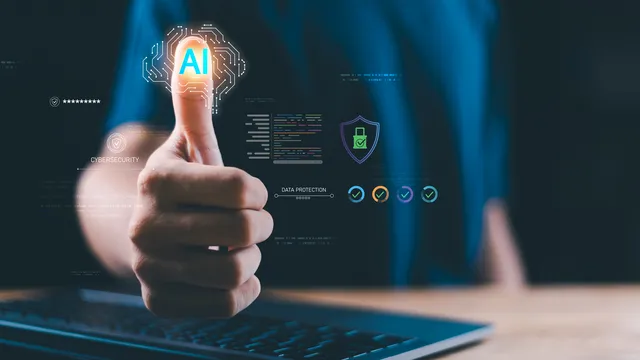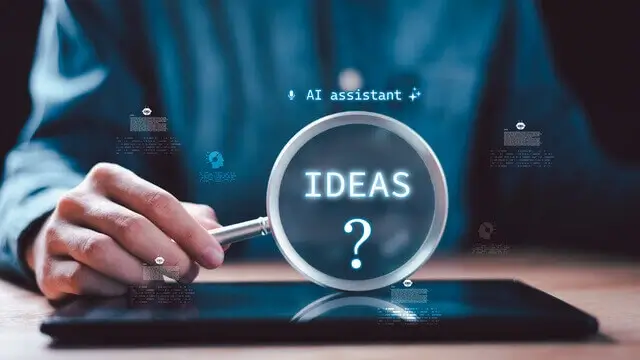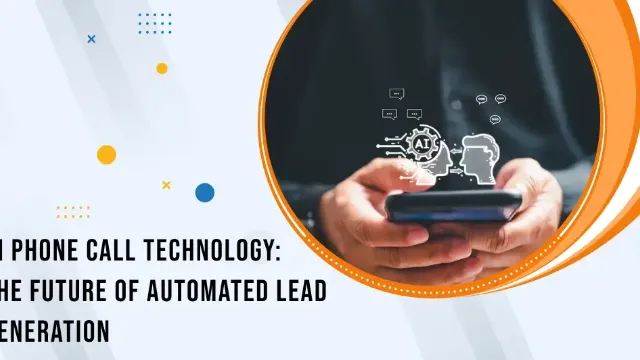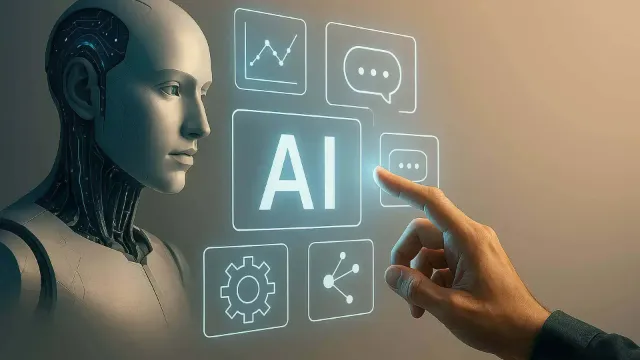AI-Powered Learning Revolution: Essential Features for Next-Gen Tutor

In the context of educational technology, it is imperative to prioritize “education” over “technology.” Identifying learning difficulties that require attention should always come before considering how technology might help address them. While substantial research exists on effective learning strategies, applying these insights in large classes can be challenging through traditional teaching and tutoring methods. Although computerized intelligent tutoring systems have aimed to support learning achievements for decades, they were limited by the technology available at the time.
However, generative artificial intelligence, which can create high-quality text and images, offers a new opportunity to enhance support where intelligent tutors fall short. This advanced AI can significantly supplement traditional tutoring practices, making them more accessible and beneficial for students.
Essential Features for Next-Gen Tutor
AI tutors can help individualize teaching and learning, expand coverage and reach learners, and enhance student outcomes in the education market. Let’s outline the business imperatives for creating an artificially intelligent tutoring system.
- Personalized Learning: In-course intervention, AI will change the speed and difficulty of the lesson according to the learner’s abilities and areas of difficulty. These four ways of teaching make it easier for students to learn because they are specific to one individual.
- Immediate Feedback: A system implemented with the help of Artificial Intelligence offers immediate results on the Assessments & Quizzes, giving the student an idea of mistakes committed as well. It fasts the rate of learning, This is because.
- 24/7 Availability: While human tutors are a great help, their availability is somewhat limited in terms of time, and students are free to study and learn at their desired time.
- Scalability: Currently, the AI tutoring systems allow many students to be served at once, meaning that educational programs can be largely extended and introduced to as many people as possible without losing effectiveness.
- Data-Driven Insights: These systems must be capable of capturing information regarding the student’s performance and giving educators advice regarding trends, gaps in knowledge, and areas that need improvement. Hence, this data can help in mapping curricula and other teaching approaches or plans.
- Cost-Effectiveness: In the long run, it will be relatively cheaper to have an AI tutoring system since learning can otherwise be very costly, and many tutors are needed to teach students.
- Engagement and Motivation: AI can combine what students learn and make it fun and enjoyable so that learners are motivated to learn.
- Accessibility: AI Tutoring systems can be influenced to cover the relevant learning forms, enabling disabled and distant learners to access education.
The Future of Learning
Personalized Learning Ecosystems
When AI tutors act as intelligent assistants in classrooms, they tailor educational experiences to each student’s unique needs and learning style. Picture holographic displays generate interactive simulations and visualizations that bring concepts to life, transforming learning into an immersive and engaging journey. Assessment materials change dynamically with respect to the student’s progress, guaranteeing that the learners are neither stagnated nor left behind. This future posits classrooms as lively learning environments in which the lead personal roles are AI tutors facilitating learning and supporting the students’ curiosity.
Real-Time Language Transcription and Cultural Localization
Secondly, let’s encourage the reader to think about a world where language is no longer an issue when getting an education. The use of technology through the implementation of artificial intelligence across the globe has facilitated language barriers by enabling students worldwide to acquire knowledge and interact with other students irrespective of the language they speak. Culture is integrated into the teaching methodologies to encourage cultural sensitivity and to make lessons correspondingly multicultural. Such a learning model enhances interactions and creativity, hence the flow of knowledge in the world, leading to improved lives and reduced barriers to cultural differences.
AI as a Learning Companion
How do you feel about a tireless learning companion who supports you throughout your academic journey? AI tutors set your pace, so if you need more information, they will gladly offer it. On the other hand, they give you morale when you seem to have challenges. They indicate goals, measure progress, and reveal possible problems, keeping you productive and focused. This support system assists the user through learning challenges as one is encouraged to build self-confidence and work towards achieving the intended academic goals.
Futuristic Visuals
Think of a class with holographic projections of various activities teaching history, scientific discoveries and imagination, literary arts, and many other subjects. Students wear augmented reality glasses that reveal the different hidden layers of information about the environment, and the classroom becomes an active learning environment. AI tutors are incorporated in the form of human-like creatures, namely, talking heads, and they speak to students, moderate the conversation, and respond accordingly. And education in this world is not only separated from the book and the lecture but itself – an exciting search for knowledge. In this futuristic vision, learning transcends the limitations of textbooks and lectures, becoming an immersive and engaging knowledge exploration.
Also Read: Future Of Generative AI- Its Impact On Our Lives
Essential Features of an On-Demand Tutoring App
The growing popularity of apps in the online education sector has sparked concerns among parents about their children’s access to timely education. The private tutoring market is flourishing as community schools struggle to standardize online tutoring services. Developing a standalone private tutor platform is generally quicker than creating an institution-centric app.
However, this distinction doesn’t diminish the importance of features in either type of platform. Whether the tutor is a school teacher or a privately hired educator, the following features in an on-demand tutoring app can enhance the overall experience for both teachers and students:
- Single Step Sign-in
- Smart Search Option
- Updates on Best Courses
- Personal Dashboard
- Resume Learning
- Offline Access
- Interactive Assessments
- Session Transcripts & Notes
- Instructor Log
- Personalized Growth Plans
- Q&A Pin-up Board
- Notifications
- Group Mode
- Multi-Device Compatibility
- Stream on TV
- In-App Chat Function
How Tutoring Applications With AI Features Changed Student Learning Process
It has become popular in the educational market to have an on-demand tutor application which provides a flexible learning procedure without strict patterns. Through the integration of AI in these apps, common educational problems have been solved, and the learning process has been enhanced. This blog focuses on the impact of AI within on-demand tutor applications and how they are reshaping students’ and tutors’ experiences.
Adaptive Learning Paths
It is also valuable as it can track the performance, difficulties, learning approach, and interests of a specific student over a certain period. With this data, timely delivery of content and exercises that fit the students and their learning difficulties can be provided, hence improving learning.
Real-Time Feedback
Using AI, tutor applications give feedback on assignments and quizzes without the need for a human tutor. One benefit of this immediate response is that it assists the students with remedial memory of what they have learned by alerting them with the correct answer while correcting them, hence deepening their understanding of the topic.
Interactive Learning Tools
AI promotes features like the use of avatars in discussions, game-related methods of learning and virtual reality. These tools make what is being delivered in class interesting to the students through various activities that help grasp what is taught.
Intelligent Tutoring Systems
An ITS incorporates artificial intelligence to make it appear like a human tutor is assisting with the learning process. These systems can question, propose, and provide students with help in problem-solving processes, therefore replacing personal tutoring.
Also Read:
Conclusion
The emergence of artificial intelligence (AI) is revolutionizing education through the introduction of a cutting-edge instrument: tutoring apps with AI capabilities.
These AI-powered on demand tutor app development have the potential to significantly improve learning results, encourage greater student engagement with the subject matter, and provide instructors with insightful information and assistance to optimize their pedagogical approaches, among many other benefits.
Companies may confidently start the exciting road of creating their AI-powered tutoring software, opening the door for a new era of tailored and intelligent education.






